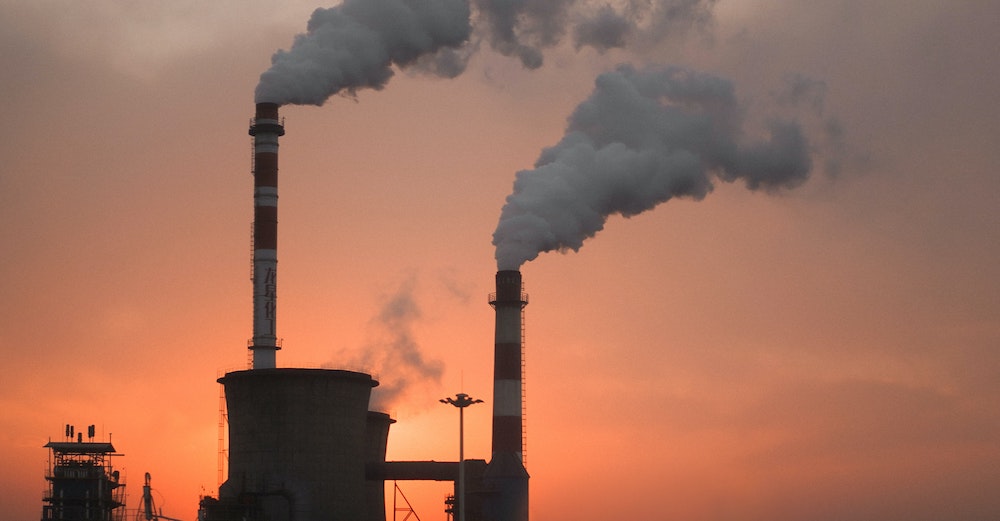Tackling climate change involves cutting Malaysia’s heavy dependence on fossil fuels, reducing emissions.
IN November, the 197 parties to the United Nations Framework Convention on Climate Change (UNFCCC) will meet for the 26th instalment of the Conference of Parties (COP26) in Glasgow, Scotland. COP26, postponed by a year because of Covid-19, is the most significant UN climate conference to be held since COP21, during which the Paris Agreement was adopted. This is because one of the key provisions within Paris was for countries to update their “nationally determined contributions”, or NDCs, every five years.
In many countries, including Malaysia, NDCs set the tone and ambition for national climate-related policies – including for sectors as varied as agriculture, energy, transport, and waste, as well as more blanket policy options, such as carbon pricing. Yet, the set of NDCs submitted by parties to the Paris Agreement would lead to an average global surface temperature rise of 2.8˚Celsius, significantly higher than the target of “well under” 2˚C.
Given the clear need for increased climate ambition, some 63 countries have proposed or submitted new NDCs ahead of COP26. While some of these, such as those submitted by Australia, Brazil, Mexico, and South Korea, do not feature NDCs that reflect increased climate ambition, many others do, including those of Canada, China, the European Union, and the United Kingdom.
The new NDC submitted by the United States, for instance, to reduce emissions by at least 50% relative to 2005 levels, is almost significant enough to be consistent with a 1.5˚C pathway, and can play an important role ensuring one of the world’s biggest polluters can achieve its goal to achieve net-zero emissions by 2050.
Closer to home, China is becoming the standard-bearer for Asian nations. Its latest NDCs feature several targets set for 2030, among which are peak in carbon-dioxide emissions, reduction in the carbon intensity of production by at least 65%, and increase in its share of renewable energy consumption to 25% by deploying solar and wind technology. China’s approach focuses on multiple metrics that underscore its climate ambitions.
Malaysia is in the process of updating its NDC. Currently, our pledge is to reduce greenhouse gas (GHG) emissions intensity of GDP by 35% (or 45% conditional on international support) by 2030, relative to 2005 levels.
The shortcomings of this approach are well-documented. In essence, it overlooks the root cause of climate change: total emissions. This is because as long as the growth rate of GDP exceeds the growth rate of emissions, emission intensity of GDP will decrease – even if no action is taken to, for example, reduce the dependence on fossil fuels (around 92-95% of electricity generated in Malaysia is derived from coal, natural gas and oil). Our current NDC, therefore, does not necessarily incentivise the adoption of low-carbon practices and technologies. Yet, these shifts are important should Malaysia wish to address the issue of climate change.

As COP26 draws closer, more attention will need to be paid to what Malaysia can do to establish itself as a regional or even international climate leader. There is a need for a whole-of-nation approach towards understanding the feasible long-term low-emission pathways and strategies available but until then, and given the absence of a detailed policy document on climate change, the importance of Malaysia’s NDCs to domestic climate action cannot be understated.
Malaysia’s foremost NDC should involve a commitment to either a peaking of emissions or outright emission reductions by a specified date. The imposition of such a target would raise the urgency of enacting policies to reduce our dependence on fossil fuels across sectors. This would, in turn, boost the development of low-carbon industries, drive sustainable, cross-sectoral economic growth, attract international climate finance and investment and ensure further progress in Malaysia’s achievement of the Sustainable Development Goals, many of which are linked to climate action.
Ultimately, it is imperative that the NDCs Malaysia announces in the build-up to COP26 are broad in terms of scope, in that they necessitate decarbonisation across industries and sectors, and ambitious to ensure that national climate-related policies put long-term downward pressure on the trajectory of future emissions. For a start, Malaysia must ensure its GHG emissions do not continue rising and beyond this, put in place a robust climate policy ecosystem that would allow for an effective low-carbon transition.





